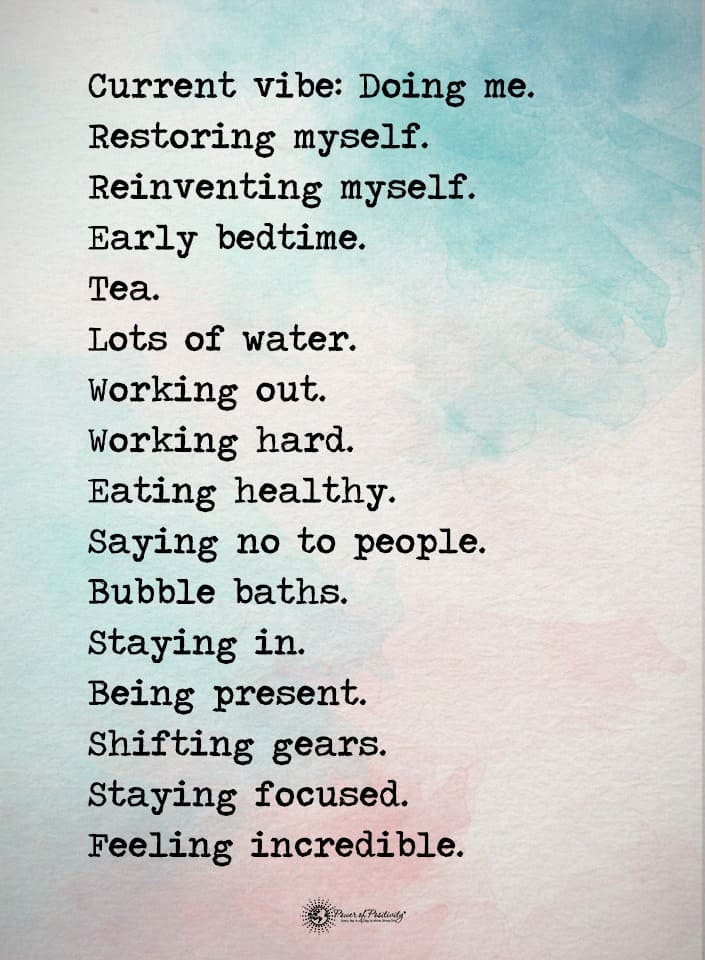Most people know that breathwork can reduce stress, but a new study found it can lower blood pressure. Researchers found that performing breathing techniques daily for just five to ten minutes marked blood pressure.
The study by University of Colorado and University of Arizona researchers involved 128 healthy adults aged 18 to 82. Researchers instructed participants to do breathing exercises for at least ten minutes daily using an over-the-counter breathing device. They told participants to take thirty breaths while the handheld machine provided resistance. The trial lasted for six weeks.
Breathwork refers to stress-reduction techniques which involve intentional control of the breath. Breathing more consciously and mindfully provides mental clarity, improved energy levels, and reduced blood pressure. Many types of breathwork can affect blood pressure when performed regularly for at least 30 minutes daily.
Daniel Harrison Craighead, Ph.D., a University of Colorado assistant research professor of integrative physiology and co-author of the study, said participants engaged in a specific type of breathwork called high-resistance inspiratory muscle strength training (IMST). He explained that this type of breathwork involves taking 30 resisted breaths daily for five to ten minutes using the breathing device.
Craighead said the deep, slow breathing performed with the device inhibits sympathetic nervous system activity responsible for the fight-or-flight response. People with hypertension tend to have high cortisol levels, which causes blood vessels to constrict.
However, the breathing device helps strengthen lung function and improve blood vessel health. In turn, it widens the arteries for enhanced blood flow and reduces hypertension.
The breathing device features an electronically controlled ‘tapered flow resistance’ that uses a computer-controlled rotary valve to create inhalation resistance. As a result, resistance fluctuates since the machine automatically reduces resistance toward the end of each breath. It does this to compensate for declining oxygen availability and muscle strength.
Breathwork May Have Long-Lasting Impact on Blood Pressure
After just two weeks of breathwork, researchers noticed significant improvements in participants’ blood pressure. At the study’s conclusion, participants had an average decrease of 9mmHg in systolic blood pressure. The only unwanted side effects reported were temporary lightheadedness and sore muscles.
Researchers noted that blood pressure reductions using breathwork rivaled traditional forms of exercise, which often take longer to have any effect.
Researchers observed that participants’ blood pressure remained relatively stable even six weeks after the study ended. They added that using the device could lower BP levels even further.
The team believes that IMST breathing could effectively reduce blood pressure in most people. They saw improved BP levels regardless of participants’ age, sex, or body weight. Even young, healthy participants had reduced blood pressure after using the breathing device.
You can find various breathing devices online that add resistance during inhalations. Craighead said they used the Powerbreathe K3 device in the study. Participants breathed in through the mouthpiece quickly and forcefully to make the fullest breaths possible. When they breathed into the machine, it created resistance, making inhalations more difficult.
They performed five sets of six consecutive inhales, taking a one-minute break of normal breathing between each set. Craighead said participants mainly struggled with the last breaths as the lung muscles strained to produce enough oxygen.
He noted that anyone interested in the breathwork technique should consult their doctor. Researchers still don’t know how IMST impacts people with severe chronic conditions. Most people can perform it safely in the comfort of their homes, though.
The findings from the study appeared in the Journal of Applied Physiology on September 15, 2022. The National Institutes of Health funded the research.
Other Ways to Reduce Blood Pressure Besides Trying New Breathing Techniques
As the study above proves, breathwork can remarkably impact blood pressure. About half of Americans suffer from hypertension, making it a significant public health concern. Unfortunately, research shows that Americans’ blood pressure increased further during the coronavirus pandemic.
Although we can’t control most aspects of life, we shouldn’t allow these external stressors to affect our health. More than ever, it’s crucial to maintain a healthy lifestyle and improve our well-being. We’ll review a few tips to keep your blood pressure at reasonable levels.
- Exercise regularly. Research shows that daily movement helps strengthen the heart and blood vessels, allowing blood to flow more easily. Therefore, it reduces stress on the arteries and lowers your blood pressure. However, it doesn’t require much exertion to experience the benefits. One study found that brisk walking can increase oxygen levels and blood flow. Aim to get at least thirty minutes of moderate to vigorous physical activity daily.
- Eat a healthy diet. Reduce intake of processed, salty foods to lower your hypertension risk. Too much sodium in your diet can cause BP spikes and increase the likelihood of cardiovascular disease. It’s best to consume whole, fresh foods like fruits, vegetables, whole grains, nuts, seeds, and plant-based proteins.
- Reduce your stress. Excessive, unmanaged stress is arguably the biggest reason for the explosion of diseases worldwide. Try yoga, meditation, Tai chi, or other mindfulness techniques to keep your stress in check.
- Quit smoking and minimize or abstain from alcohol consumption. Both cigarettes and alcohol increase blood pressure by constricting blood vessels and putting strain on the heart. Try to swap these habits for healthier ones, such as exercising or walking in nature.
Final Thoughts on Lowering Hypertension Risk With Breathwork
Mindfulness, breathwork, and other meditative techniques have become wildly popular in the last decade. As stress levels increase worldwide, people want a way to cope with the pressures of modern life. Many have found relief and improved health with breathing techniques such as high-resistance inspiratory muscle strength training (IMST).
One study aimed to determine how this breathing exercise would impact participants’ blood pressure. They gave the volunteers breathing devices to add resistance during their inhalations. After a six-week trial, researchers observed that participants’ blood pressure decreased by almost ten points. Even people without hypertension can benefit from the breathing technique, as it reduces stress and increases oxygen levels.










 Final Thoughts on Some Reasons Why Adults Should Still Play
Final Thoughts on Some Reasons Why Adults Should Still Play






